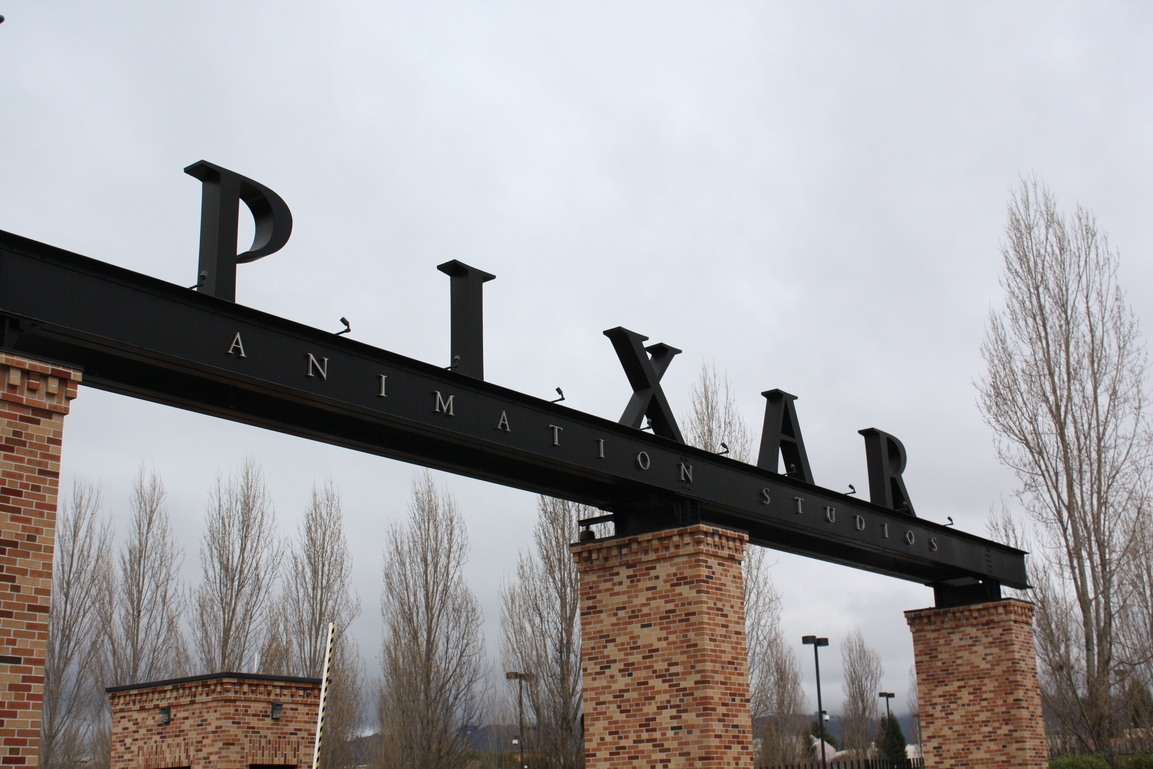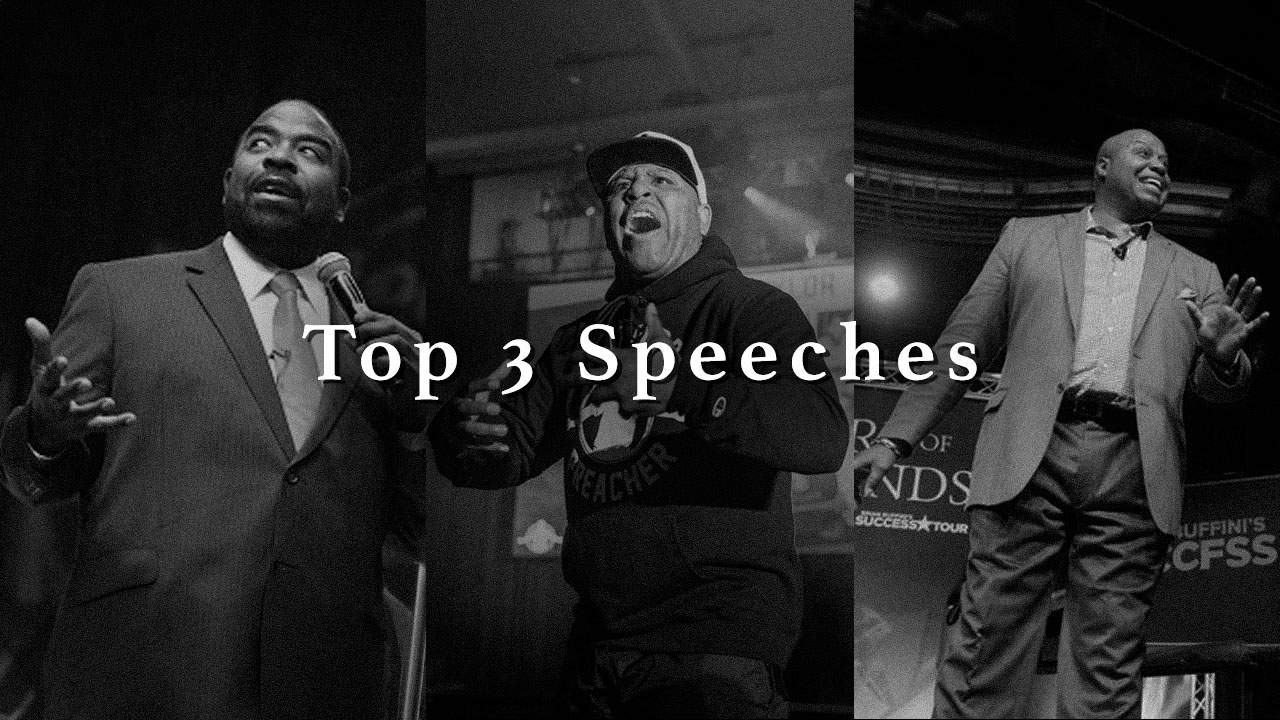How Pixar Manages 1000 Employees In A Billion Dollar Creative Company
January 22th, 2025

Pixar is not just an animation studio—it’s a storytelling powerhouse and a blockbuster-producing studio that has redefined what’s possible in animation and filmmaking.
How did they do it?
According to Ed Catmull, Pixar’s co-founder (alongside Steve Jobs and John Lasseter), the company’s success is no accident. Over the years, Pixar has developed unique practices to structure and manage a creative organization.
In this article, I’ll break down many of the key practices that Pixar has used to succeed.
But first, a quick introduction—I’m Joel, CEO and Founder of Motiversity. On this website, I share fascinating business and leadership lessons drawn from books, articles, videos, podcasts, and my own experiences.
Ready to dive in? Let’s explore the genius of Pixar:
According to a Harvard Business Review article by Ed Catmull on How Pixar Fosters Collective Creativity and his book Creativity Inc., here are 11 Principles for Managing a Creative Organization from Pixar:
- Empower Your Creatives: Give Control at Every Stage
Creative vision comes from 1 or 2 people, not corporate execs or development departments. Development teams help directors refine ideas to be great and see to it that teams function well, including senior management. Directors need to be:
- Masters at storytelling
- Able to set people up for success
- Have a unifying vision for 1000’s of ideas in a film

- Create a Peer Culture
At Pixar, creativity thrives not as a solitary endeavor but as a collective process involving hundreds of voices. Managing creativity is less about finding groundbreaking ideas and more about nurturing an environment where innovative ideas can emerge and flourish.
Everyone must have the freedom to communicate with anyone (Decision making and communication structure are 2 different things). And it must be safe for everyone to offer ideas.
One such approach is the Brain Trust, a peer-driven feedback system. Here’s how the Brain Trust works:
- A group of filmmakers regularly gather to critique ongoing projects
- Usually it’s around nine people
- Directors in need of assistance convene the group
- They showcase current vision and work in progress
- Followed by a two-hour discussion to make it better
- There is no formal decision-making power outside of the Directors, fostering a spirit of collaboration rather than competition.
- The group emphasizes trust, learning, and problem-solving
- Brutal honesty reigns, but the dynamic is never authoritarian
- Directors make the final decision and retain full authority, empowering them to selectively adopt or reject feedback.
The Dailies:
- Giving and getting constant feedback in a positive way
- Share incomplete versions daily
- Free up communication — trust people and encourage communication between everyone.
At Pixar, members of any department can approach members of any other department without having to go through “channels.”
- Craft a learning environment
“We must stay close to innovations happening in the academic community,” says Catmull. Pixar University offers internal training in a range of skills, from sculpting to yoga, for all skill levels.
- Get more out of post mortems
One of Pixar’s defining traits is its commitment to introspection, especially in the face of success. Through postmortems after every project, teams systematically dissect both triumphs and failures. By balancing positive reinforcement with constructive criticism, Pixar avoids complacency and remains forward-focused.
Talk about what went wrong as well as what went right. Use data and don’t be afraid to change the format. A suggested format to start with includes writing down the top five things they would do again and wouldn’t do again.
- Be creative
Creativity must be present at every artistic and technical part of the organization. One thing I find fascinating about Pixar is that it has been able to pioneer brand new ideas (from Toy Story to WALL-E to Inside Out) successfully, unlike others like Disney which typically buy scripts or ideas from elsewhere.

- Take risks
“If we’re not a little scared, we’re not doing our job,” Catmull asserts. Pixar’s audience expects to see something new every time.
- Hire talented and smart people
Talented and smart people are more important than good ideas. It’s okay to hire people smarter than you. A pivotal moment in Pixar’s history was the near-collapse of Toy Story 2. Initially handed to a less experienced team, the project lagged behind creatively and operationally. Recognizing the risk, Pixar’s senior team including John Lasseter stepped in and reworked the entire film in just eight months. The effort required grueling hours but underscored two key principles: exceptional teams trump ideas, and quality must never be compromised. As Catmull reflected, “If you give a mediocre idea to a great team, they’ll make it work.”

- Edit storyboards together in early stages
During the early stages of making a movie, Pixar draws storyboards, then edits them together with dialogue and temporary music. These are called story reels, and while rough, they highlight upcoming problems—which are many.
- Only high quality is acceptable
There has to be one quality bar for every film. Pixar ensures that all movies they release are of the highest quality. And to make sure the bar stays high, it systematically fights complacency. Through routines like postmortems and inviting outside perspectives, they continuously challenge assumptions to keep innovating.
-
Innovation at Every Level
Pixar’s technological achievements are legendary, but as Catmull notes, art and technology are inseparable in their process. A pivotal mantra, “Technology inspires art, and art challenges technology,” drives continuous innovation. For instance, Pixar University ensures employees at all levels—be it animators or engineers—learn new skills and share cross-disciplinary insights. Optional classes in sculpting or screenplay writing not only polish technical prowess but also foster empathy for other roles, enhancing teamwork.
Conclusion
Pixar’s journey offers timeless lessons for managing creativity in any field. From empowering teams to fostering a culture of trust, their approach demonstrates how great ideas are not born in isolation but through collaboration, persistence, and an unwavering commitment to excellence. By fostering an environment where innovation thrives, Pixar has not only reshaped animation but also redefined what it means to lead a creative organization.
As we reflect on these lessons, let us ask ourselves: How can we apply Pixar’s principles—such as empowering teams, embracing feedback, and innovating at every level—in our own lives and work?
Just as Pixar continues to inspire audiences with groundbreaking stories, we too can aim to create environments that nurture creativity and excellence.
Sources:
“pixar totoro rumor” by bm.iphone is licensed under CC BY 2.0. To view a copy of this license, visit https://creativecommons.org/licenses/by/2.0/?ref=openverse.
“Pixar Animation Studio” by superstrikertwo is licensed under CC BY-SA 2.0. To view a copy of this license, visit https://creativecommons.org/licenses/by-sa/2.0/?ref=openverse.
“Pixar Canada Creative Director Dylan Brown Visits Vancouver Film School’s Animation & Visual Effects Campus” by vancouverfilmschool is licensed under CC BY 2.0. To view a copy of this license, visit https://creativecommons.org/licenses/by/2.0/?ref=openverse.
“Pixar Me” by bogusbong is licensed under CC BY 2.0. To view a copy of this license, visit https://creativecommons.org/licenses/by/2.0/?ref=openverse.
Similar news
-

5 Life-Changing Lessons I Learned From a Thunderbird Pilot Who Almost Died
I recently sat down with a former US Air Force Fighter Pilot who almost died on the job MULTIPLE tim...Continue reading. -

3 of the Greatest Motivational Speeches Ever Created
I’ve listened to over 100,000 motivational speeches… These are three of the very best! When I ...Continue reading. -
 Continue reading.
Continue reading.COMING SOON
-
 Continue reading.
Continue reading.COMING SOON